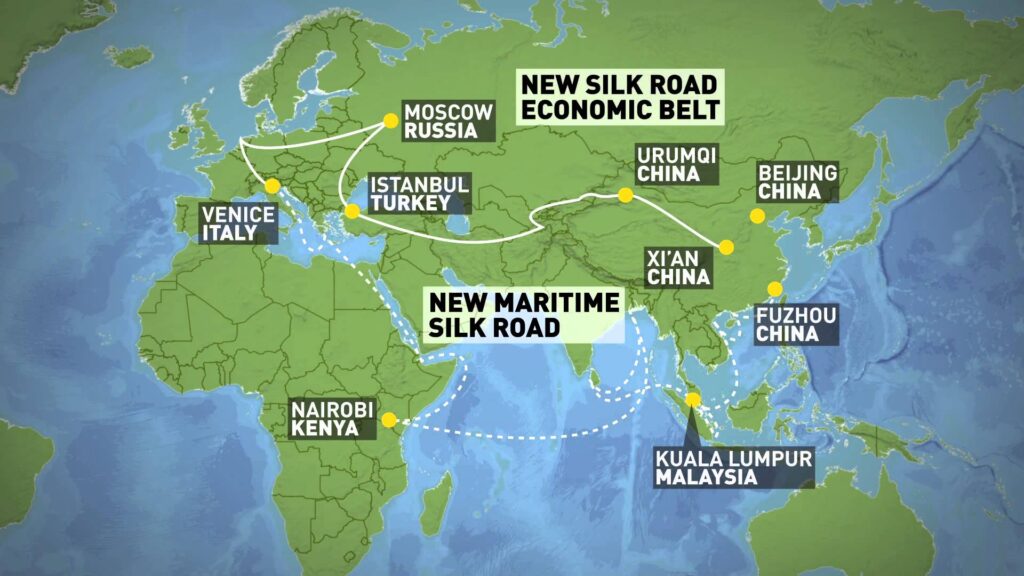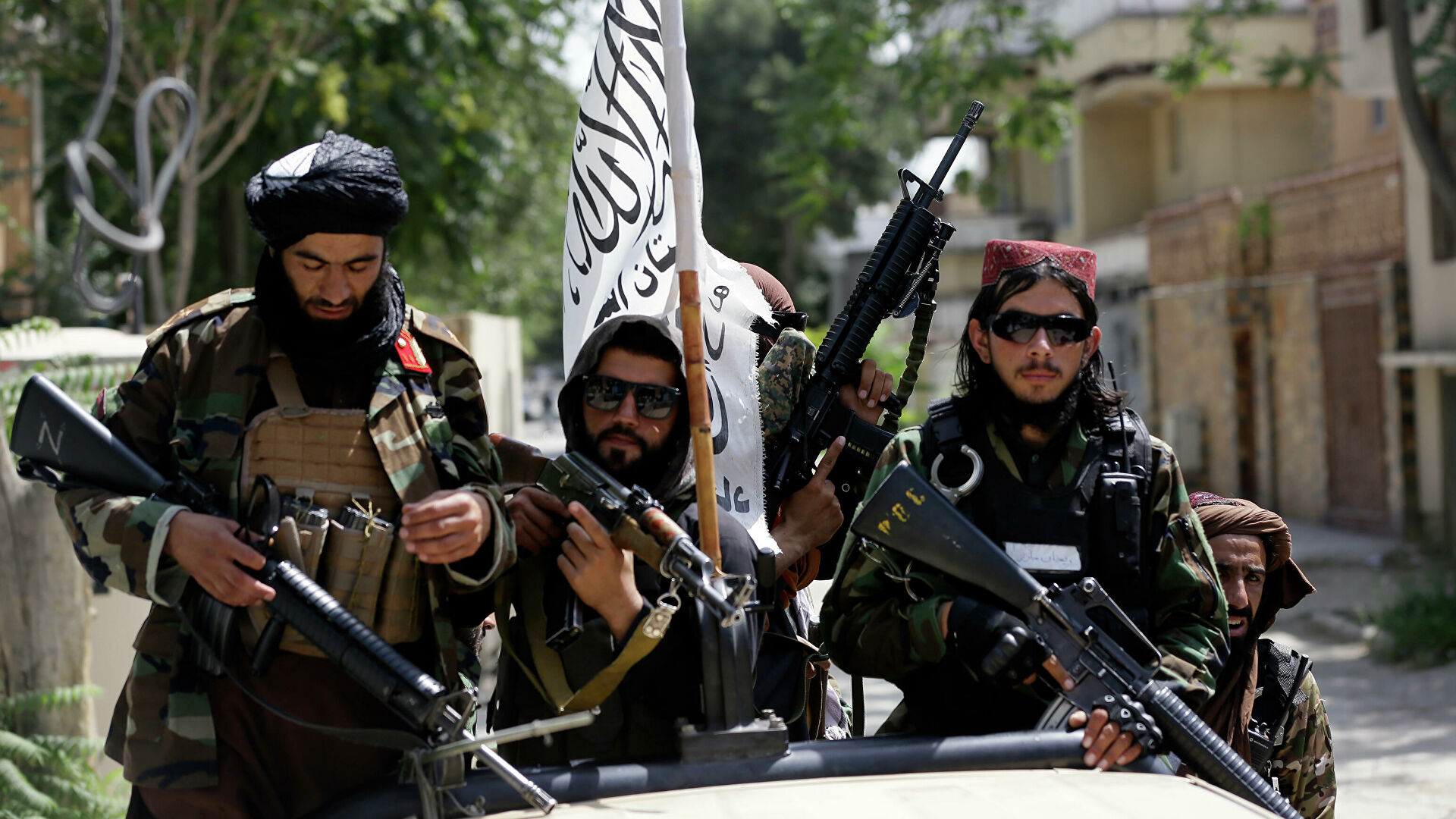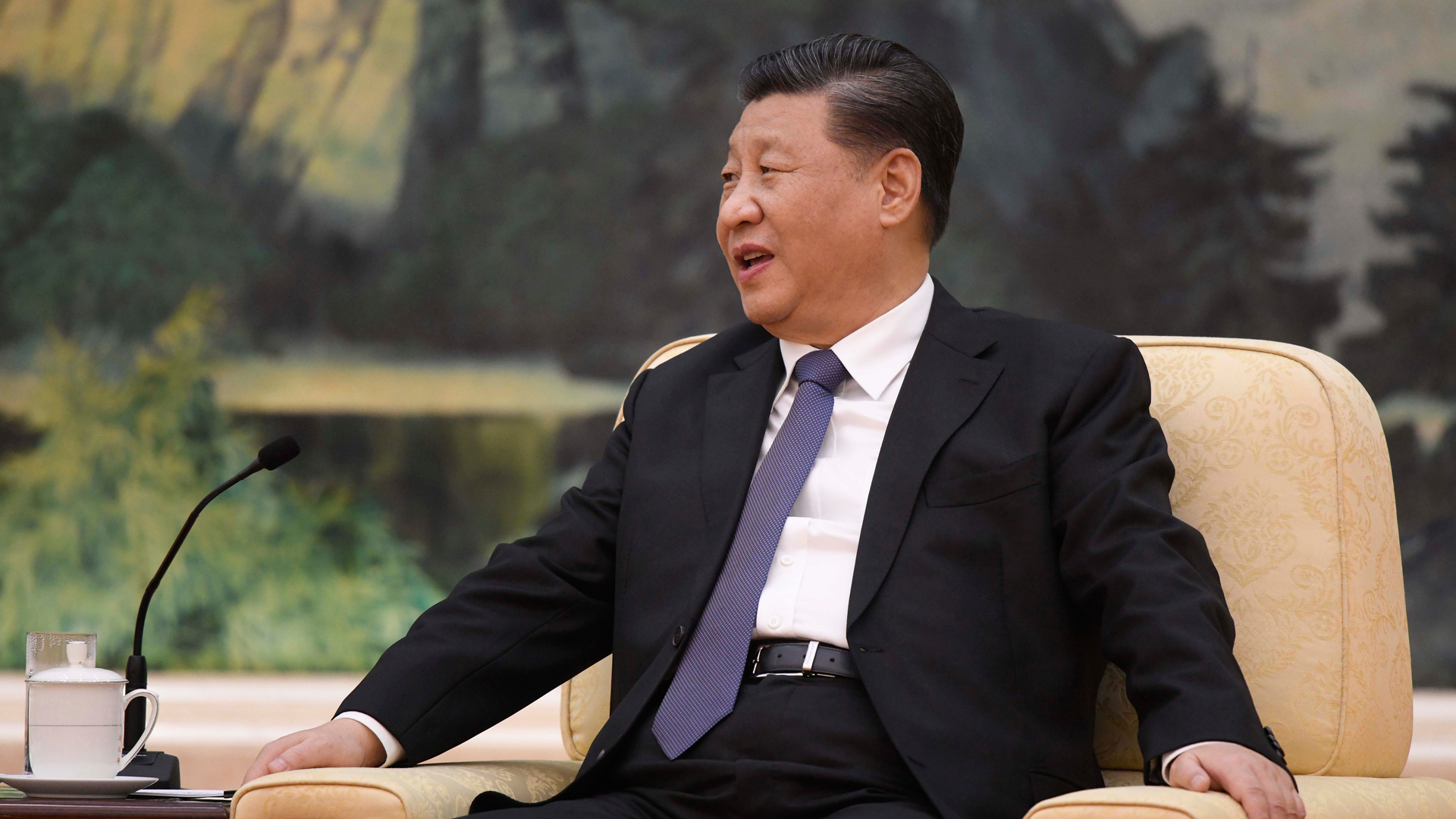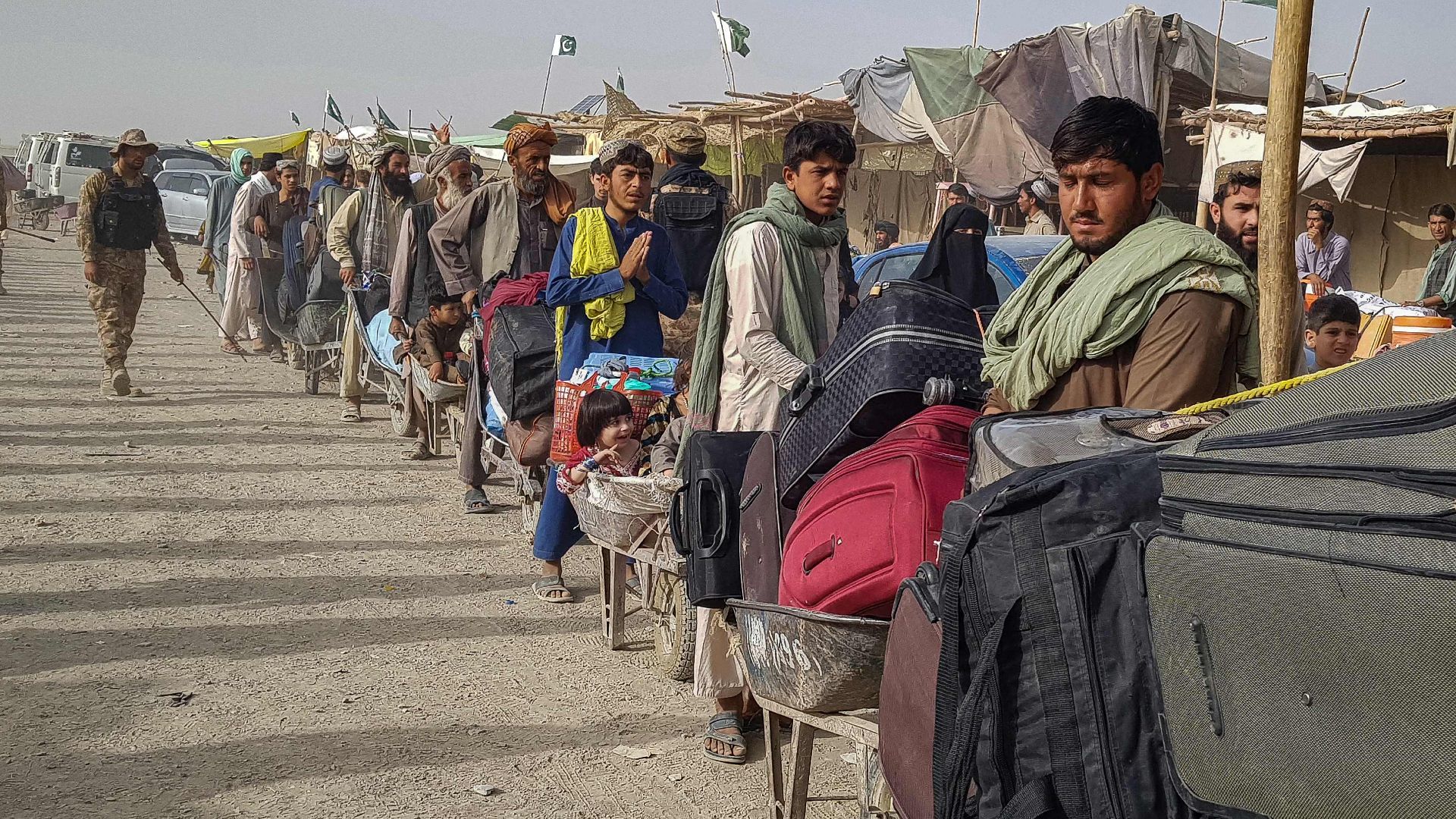During his visit to Kazakhstan in September 2013, President of the People’s Republic of China Xi Jinping suggested establishing a modern Land Silk Road. During his visits to Indonesia in October the same year, Xi Jinping proposed establishing a Maritime Silk Road Project. These projects are called the 21st Century Maritime Silk Road and Silk Road Economic Belt. (The State Council of the People’s Republic of China) (Jinchen, 2016). In this study, while examining China’s project, its expectations on China and other countries will be reviewed.


Except for Xi Jinping’s speeches in Southeast and Central Asia, also in the same year, Chinese Premier Li Keqiang mentioned the construction of the Maritime Silk Road project for ASEAN and the need for shipment for the creation of hinterland infrastructure for this project during the China-ASEAN EXPO (The State Council of the People’s Republic of China).
The projects previously referred to as the 21st Century Maritime Silk Road and the Silk Road Economic Belt are also referred to as One Belt One Road (OBOR) or Belt and Road Initiative (BRI). (Cai, 2017) An action plan for BRI was authorized by the State Council of the People’s Republic of China in 2015 (Jinchen, 2016).
BRI is thought to cover more than 60 countries. China has presented the BRI as an open organization to which all countries can participate, but an official list of participating countries is not yet available (The World Bank, 2018).
There are six economic corridors in the Silk Road Economic Belt, which forms the highway part of the BRI Project, the corridors with routes are as follows: New Eurasian Land Bridge Economic Corridor (NELBEC), China – Mongolia – Russia Economic Corridor (CMREC), China-Central Asia – West Asia Economic Corridor (CWAEC), China – Indochina Peninsula Economic Corridor (CIPEC), Bangladesh – China – India – Myanmar Economic Corridor (BCIMEC) ve China – Pakistan Economic Corridor (CPEC) (Belt and Road Initiative).
- The New Eurasian Land Bridge Economic Corridor is the corridor that enables a train from China to reach Europe via Kazakhstan, Russia and Belarus. (Çin Bilgisi, 2020).
- As the name suggests, China – Mongolia – Russia Economic Corridor passes through China, Mongolia and Russia and aims to develop trade between them. (Çin Bilgisi, 2020).
- China – Central Asia-West Asia Economic Corridor connects the Xinjiang region to the Mediterranean via Central Asia, Iran and Turkey (Çin Bilgisi, 2020).
- The China – Indochina Peninsula Economic Corridor project, is a corridor created between China and ASEAN countries (Çin Bilgisi, 2020).
- The China – Pakistan Economic Corridor is an economic corridor connecting the city of Kashgar in the south of Xinjiang, China, and the Port of Gwadar in Pakistan. Before this project, Gwadar was a small fishing city and now has one of the world’s largest ports and can reach an annual trade volume of 60 billion dollars (Çin Bilgisi, 2020).
- The Bangladesh – China – India – Myanmar Economic Corridor was established to connect China with the Bay of Bengal. Due to India’s opposition to the project, there has been no progress on this project so far (Çin Bilgisi, 2020).
The route of the 21st Century Maritime Silk Road, which is the waterway part of the project; Starting from the city of Quanzhou in China; It follows a sea route from Southeast Asia to South Asia, East Africa, from there to the north of the Mediterranean, then to Europe and Venice. (Çin Bilgisi, 2020).
In addition to the 21st Century Maritime Silk Road, the paper titled China’s Arctic Policy, published by the Information Office of the State Council of China in 2018 is the “proof” that China can open an Arctic corridor in addition to the BRI. (Belt and Road Initiative).
China established the Silk Road Fund of 40 billion dollars to finance the BRI Project in 2014 (Jinchen, 2016). It is also stated that the cost of the BRI Project is between 4 – 8 trillion dollars. (Vox, 2018). So, what is the reason behind China spends so much money on this project?
One of the reasons China has initiated a project like BRI is the country’s dependence on waterways. (Caspian Report, 2018). According to the data, 90% of China’s trade is carried out by Sea, and there is a robust American presence in the nearby seas. (Caspian Report, 2018). 80% of China’s crude oil trade is made through the Malacca Strait route. (Anwar, 2019). New roads such as China’s BRI corridor in Pakistan or its port in Sri Lanka provide an opportunity to reduce the country’s trade traffic in places such as the Malacca Strait. (Anwar, 2019) (Caspian Report, 2018).
Another reason for China’s BRI project initiatives is the imbalance of income and expense rates in different parts of the country (Caspian Report, 2018). The fact that the inland regions’ contribution to the country’s economy is low compared to the coastal areas is an obstacle to long-term stability (Caspian Report, 2018). It is planned that cities such as Kunming, Kashgar, and Urumqi will increase their regions’ income level through Economic Corridors’ connection.
Infrastructure works such as airports, railways, oil and gas pipes, which were made to increase the BRI Project’s connectivity in Asia, Europe and Africa, have been and continue to be done. (Damuri, Y., Perkasa, Atje, & Hirawan, 2019). High-Speed Train Project between Jakarta – Bandung can be given as an example (Cai, 2017).
Among China’s interests from the BRI Project, it provides the opportunity to seize institutions such as mines and ports through debt so-called Debt-Trap Diplomacy. (Caspian Report, 2018). An example of this is that Sri Lanka could not afford the project cost and handed over the Hambantota port to China for 99 years. (The Guardian). Sri Lanka and states such as Tajikistan, Kyrgyzstan, Laos, Maldives and Montenegro account for more than half of their foreign debt to China. (The Guardian).
India considers China’s China-Pakistan Economic Corridor partnership with Pakistan as a de facto threat due to the Kashmir Region Problem. (Caspian Report, 2018). Due to the BRI Project’s activity in Central Asia, Russia’s attitude towards China is cautious. This situation is essential because Central Asia is vital for Russia due to its influence in the region. They may perceive China’s non-economic activity in the area as a threat to their national security. (Caspian Report, 2018). Western states are also cautious about the BRI Project. It is thought that the source of this situation may be China’s unwillingness to lift the restrictions on foreign investors. (DW.COM, 2017). Apart from the Debt-Trap diplomacy, there are also states involved in the project, which are worried about the increase in the imbalance in import and export rates. Turkey is one of those states that does not balance the import-export ratio with China (DW.COM, 2017). America’s attitude towards the BRI Project is negative due to the opportunities it provides to China and the possibility of the economy shifting to Asia. (Vox, 2018). US President Joe Biden stated that China is the country with the highest carbon emission and finances fossil fuel consumption. (Swaminathan, 2020)
As a result, China’s Belt and Road Initiative makes economic contributions in the form of opening new trade routes for China in the long term and enabling cities in the inner regions to participate in international trade while reducing its dependence on the corridor to the town of Gwadar and the Strait of Malacca. Besides, it can be said that the Belt Road Initiative will contribute to China politically and economically, as it gives the chance to implement Debt-Trap Diplomacy against countries.
Prepared by Alkın Arıkan for The FEAS Journal.
References
Anwar, A. (2019, November 1). Belt and Road Initiative: What’s in it for China? East-West Center.
Belt and Road Initiative. (tarih yok). Belt and Road Initiative. https://www.beltroad-initiative.com/belt-and-road/ adresinden alınmıştır
Cai, P. (2017, March 1). Understanding China’s Belt and Road Initiative. Lowy Institute for International Policy, 2-26.
Caspian Report. (2018, April 11). China’s Belt and Road initiative. YouTube: https://youtu.be/mOmEFOaWjI8 adresinden alınmıştır
Çin Bilgisi. (2020, July 1). Bir Kuşak Bir Yol: Üç Kıtayı Birbirine Bağlayan Proje. Çin Bilgisi: https://www.cinbilgisi.com/bir-kusak-bir-yol/ adresinden alınmıştır
Damuri, Y., Perkasa, V., Atje, R., & Hirawan, F. (2019, Jan 1 ). PERCEPTIONS AND READINESS OF INDONESIA TOWARDS THE BELT AND ROAD INITIATIVE: UNDERSTANDING LOCAL PERSPECTIVES, CAPACITY, AND GOVERNANCE. Centre for Strategic and International Studies.
DW.COM. (2017, Mayıs 14). Modern İpek Yolu projesi: Beklentiler ve kuşkular. DW.COM: https://www.dw.com/tr/modern-ipek-yolu-projesi-beklentiler-ve-ku%C5%9Fkular/a-38832963 adresinden alınmıştır
Jinchen, T. (2016, June). ‘One Belt and One Road’: Connecting China and the world. Global Infrastructure Iniative: https://www.globalinfrastructureinitiative.com/article/one-belt-and-one-road-connecting-china-and-world adresinden alınmıştır
Kuo, L., & Kommenda, N. (tarih yok). The Guardian. https://www.theguardian.com/cities/ng-interactive/2018/jul/30/what-china-belt-road-initiative-silk-road-explainer adresinden alınmıştır
Swaminathan, A. (2020, February 25). Biden is relentless on the one-China issue: The New Silk Road. Yahoo Finance: https://finance.yahoo.com/news/biden-china-climate-change-new-silk-road-143657484.html adresinden alınmıştır
The Guardian. (tarih yok). What is China’s Belt and Road Initiative? The Guardian: https://www.theguardian.com/cities/ng-interactive/2018/jul/30/what-china-belt-road-initiative-silk-road-explainer adresinden alınmıştır
The State Council The People’s Republic of China. (Tarih yok). Action plan on the Belt and Road Initiative. The State Council The People’s Republic of China: http://english.www.gov.cn/archive/publications/2015/03/30/content_281475080249035.htm adresinden alınmıştır
The World Bank. (2018, March 29). Belt and Road Initiative. The World Bank: https://www.worldbank.org/en/topic/regional-integration/brief/belt-and-road-initiative adresinden alınmıştır
Vox. (2018, April 5). China’s trillion-dollar plan to dominate global trade. YouTube: https://youtu.be/EvXROXiIpvQ adresinden alınmıştır











